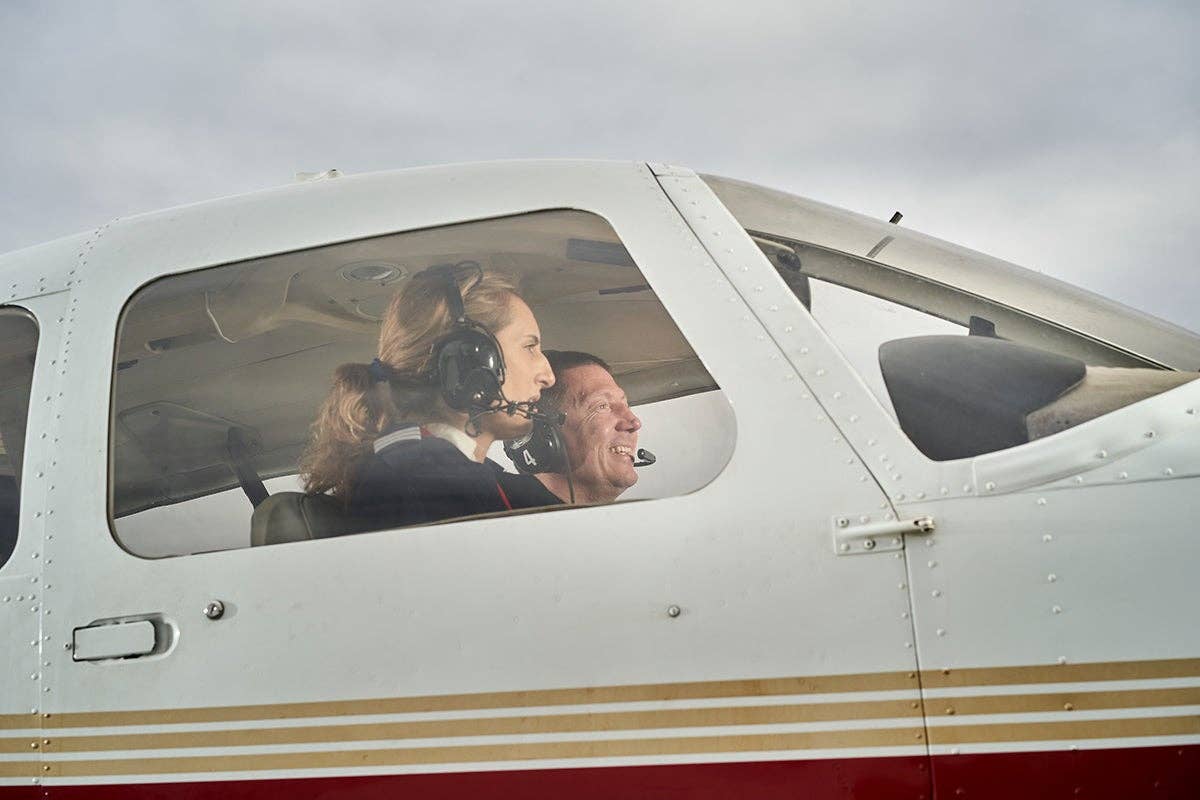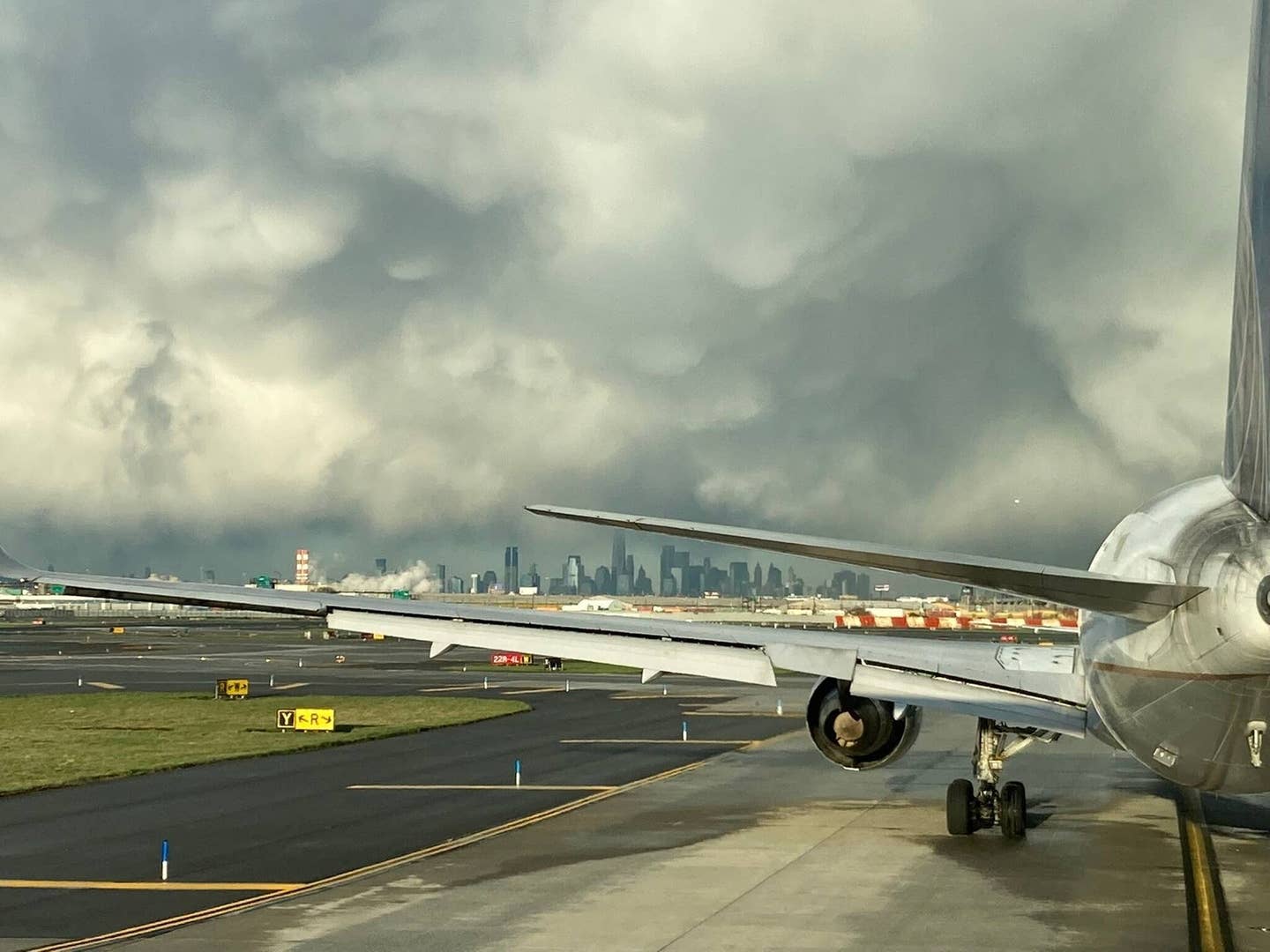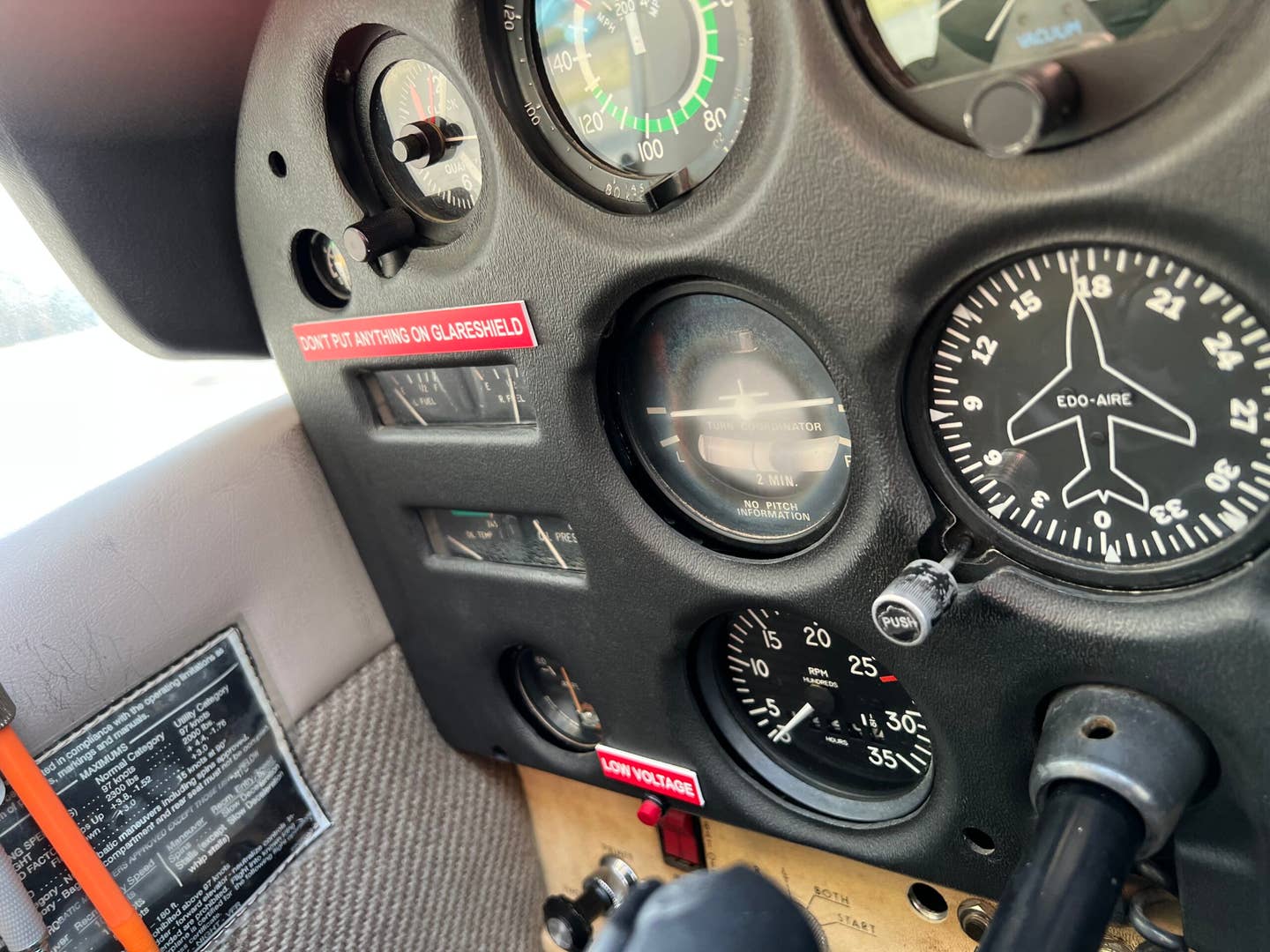
A Pilatus PC-12 crashed late Monday night four miles short of its destination of Santa Fe, New Mexico. The 54-year-old pilot -- the sole occupant -- was killed in the fiery crash. There were no distress calls, and communications were apparently normal for the IFR flight. Of course, the NTSB investigation is just beginning, so even pretending to assign a cause for this accident is beyond premature. But some facts leading up to the crash are eye catching.
Reviewing the aircraft's flight history on FlightAware.com shows it left Akron, Ohio, at about 9:20 Monday morning, for Teterboro, New Jersey, near New York City, a flight of 1.5 hours. It left Teterboro at 4:24 that afternoon for Santa Fe. A look at the flight path on FlightAware indicates the PC-12 might have deviated south for weather -- and, in fact, ultimately diverted to Lubbock, Texas. It landed there after six hours aloft, then departed in an attempt to complete the journey to Santa Fe, about an hour's flying time.
The flight came to grief at approximately 10:15 p.m. mountain daylight time: but it was after midnight EDT, just under 15 hours since the first takeoff of a very long day.
Up front: We don't yet know if the same pilot flew all 8.5 of those hours without help. And if he did, we don't know how he spent the five-plus hours on the ground at Teterboro. But even if fatigue turns out not to be applicable in this case, the initial implications raise the object lesson. Even with the most sophisticated avionics (the PC-12 was brand new), flying is still a mentally demanding activity. Sometimes it pays to call it a day, even when it means spending one more night away from home.

Sign-up for newsletters & special offers!
Get the latest FLYING stories & special offers delivered directly to your inbox






